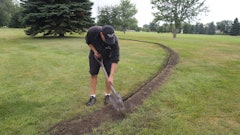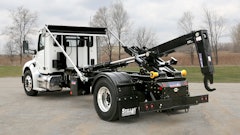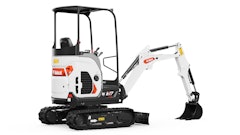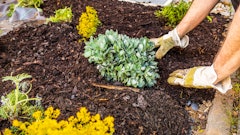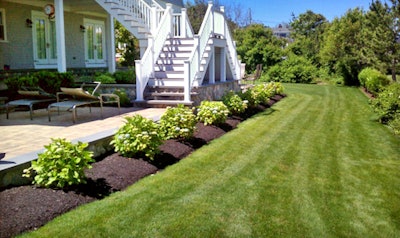
Annual edging of gardens, landscape beds and mulch circles around trees is an essential part of spring grooming. Bed edging is the restoration of a clean, sharp line between landscape beds and the lawn, removing grass that has crept into the landscaping during the past year.
Bed edging is a three-step process. First, it’s helpful to mark the bed edges. Second, use a sharp, clean spade to cut straight down along the bed edge, three or four inches deep. Then, remove the strip of sod inside the cut, along with any grass or weeds that have been established inside the bed line. You should have a gutter three inches deep all around the landscape beds. Third, spread new mulch three inches thick along the edges, feathering it out toward the center of the bed, under established plants.
Lawn grasses—and the weeds in the lawn—are eager to invade the landscape beds. There’s less competition there, and chances are the soil conditions are better. Meanwhile, the shrubs, perennials and trees in the landscaping are actively expanding. Without bed edging, you’ll wind up with lawn underneath foundation shrubs and invading perennial border. If this invasion is allowed, you’ll have a very difficult time controlling it once the grass, weeds and desirable plants are all mixed together.
Mulch circles around trees make mowing easier and eliminate competition from lawn grass in the tree root zone. This practice doubles the speed of growth of young trees, because grasses steal food and water from trees. As the tree canopy expands, the root zone expands underneath it, so the mulch circle should be expanded each year, as well. Additionally, foundation shrubs have a way of expanding beyond the original bed edges, so enlarging the mulched area may be necessary.
To view the full original article, please click here.
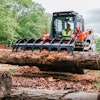

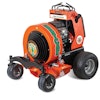
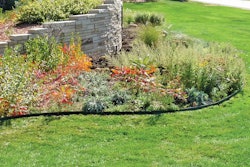

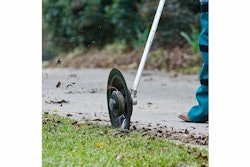
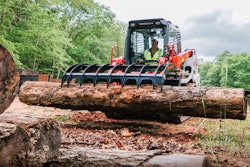
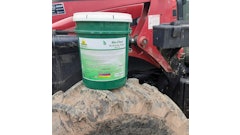
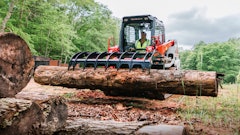


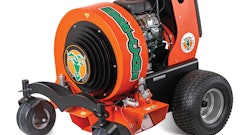

![Doosan Bobcat Wacker Neuson Stack 2ec Js Pb V6e[1]](https://img.greenindustrypros.com/mindful/acbm/workspaces/default/uploads/2025/12/doosan-bobcat-wacker-neuson-stack2ecjspbv6e1.CPyyz8ubHn.png?ar=16%3A9&auto=format%2Ccompress&bg=fff&fill-color=fff&fit=fill&h=135&q=70&w=240)
